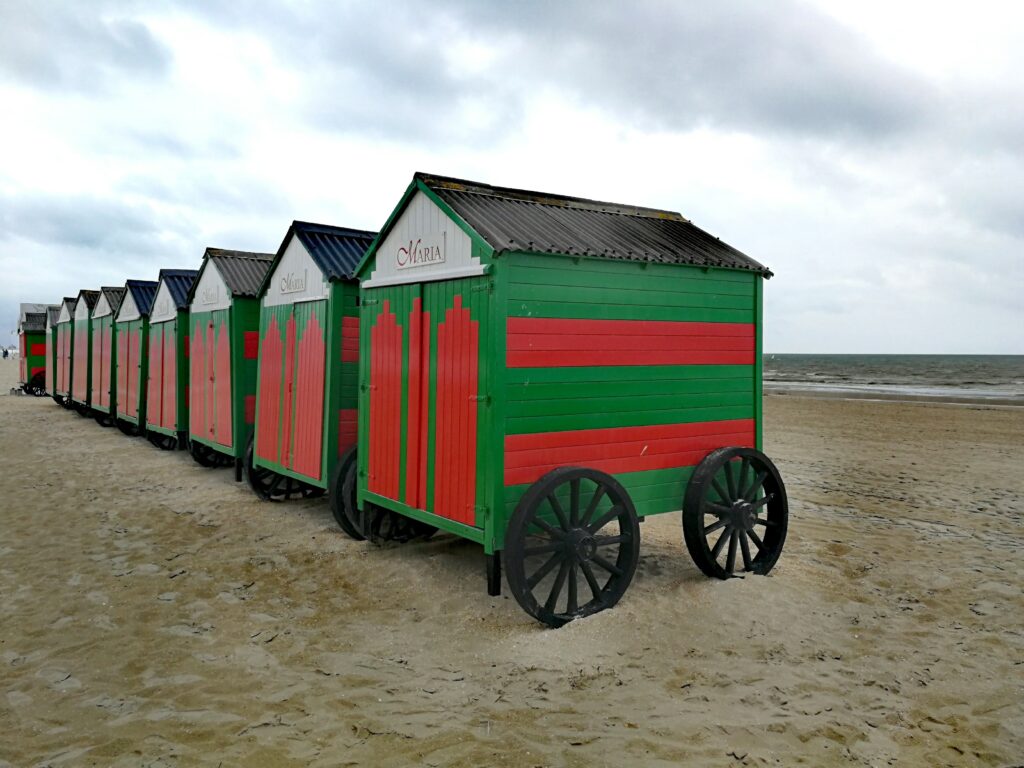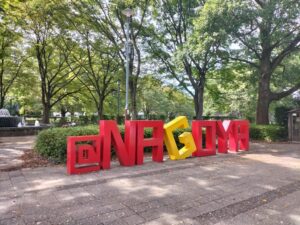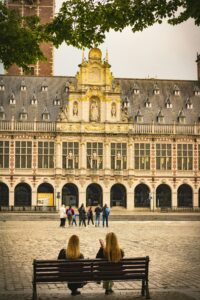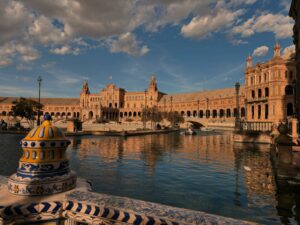Table of Contents
| You have not been in the Flemish coast if… ACTIVITIES – you have not boarded the famous Kusttram! FOOD – you didn’t have a great lobster roll in Knokke-Heist! PHOTOS – you didn’t take thousands of pics of De Panne’s colorful wheeled beach cabins! |
Introduction
Are you in Belgium and looking for a fun day trip to the North Sea? This article is for you! We’ll help you plan the perfect trip along the Flemish coast, from the Dutch to the French border.
We had a truly wonderful day exploring these places in August 2021, and, even though the weather wasn’t exactly summery, we were able to enjoy the beautiful sights that aren’t usually on the tourist trail.
In short, our advice is to get to the coast by train in Ostend and then take the Kusttram, which runs along the entire coast from top to bottom, getting off wherever you like! For all the details, follow us to the end!
If you’ve already been here and want to share some important information for our readers, please don’t hesitate to write to us in the comments!
Here’s our best guide about what to see in the Flemish coast in 1 day!
How to get to the Flemish coast
The Flemish coast can be reached by various means of transport, depending on your starting point. Ostend is the largest city and is therefore your starting point in this region. We therefore recommend that you travel to Ostend by train from the main Belgian cities.
Alternatively, if you are travelling by car, take the E40 from Brussels to Ostend or the E17 from Antwerp (read here about what to see in Antwerp in 2 days) to Gent and then the E40 to Ostend. Buses are also available from Brussels, Ghent and Bruges to coastal towns such as Ostend, Knokke and De Panne.
If you’re looking to rent a car, then look no further than DiscoverCars.com! You’ll find here the perfect rental solution.
Once you arrive on the Flemish coast, we recommend that you take the Kusttram (Coastal Tram), which is very characteristic and runs the entire length of the Belgian coast from De Panne near the French border to Knokke-Heist near the Dutch border, giving you easy access to all the coastal towns and attractions.
What to see in the Flemish coast
Here you’ll find info on the stages and activities we covered. We started off in Knokke-Heist on the border with Holland, then De Panne on the border with France, and finally Ostend before heading back home.
When you arrive in Ostend, the first thing we recommend you do is get a ticket for the Kusttram. We’ve got some basic information for you right away.
Kusttram (Coastal Tram)
The Kusttram is a fantastic tram service that runs the entire length of the Belgian coast, operated by De Lijn, the regional public transport company: it is a wonderful way to explore the Belgian coast. It’s about 67 kilometres long and connects various coastal towns from De Panne, near the French border, to Knokke-Heist, near the Dutch border. Along the route, the Kusttram serves 68 stops, including major cities such as De Panne, Nieuwpoort, Ostend, Blankenberge and Knokke-Heist.
During the high tourist season, you’ll find trams running every 10-15 minutes, while during less crowded periods, you can hop on every 20-30 minutes. The service runs from early morning until late at night, so you can easily access the coast throughout the day.
You can buy tickets at stops, on board the tram or via the De Lijn app. There are single tickets, day and multi-day passes, with discounts for children, seniors and groups.
As you journey along, you’ll be treated to breathtaking views of the North Sea and the beautiful coastal landscape. You can hop on and off at any stop to explore the charming coastal towns, vibrant local markets, delicious seaside restaurants and a whole range of leisure activities.
You can check here all the information you need about the Kusttram!
Knokke-Heist
We caught the Kusttram early in the morning towards Knokke. At the terminus, we got off to visit this quiet border town.
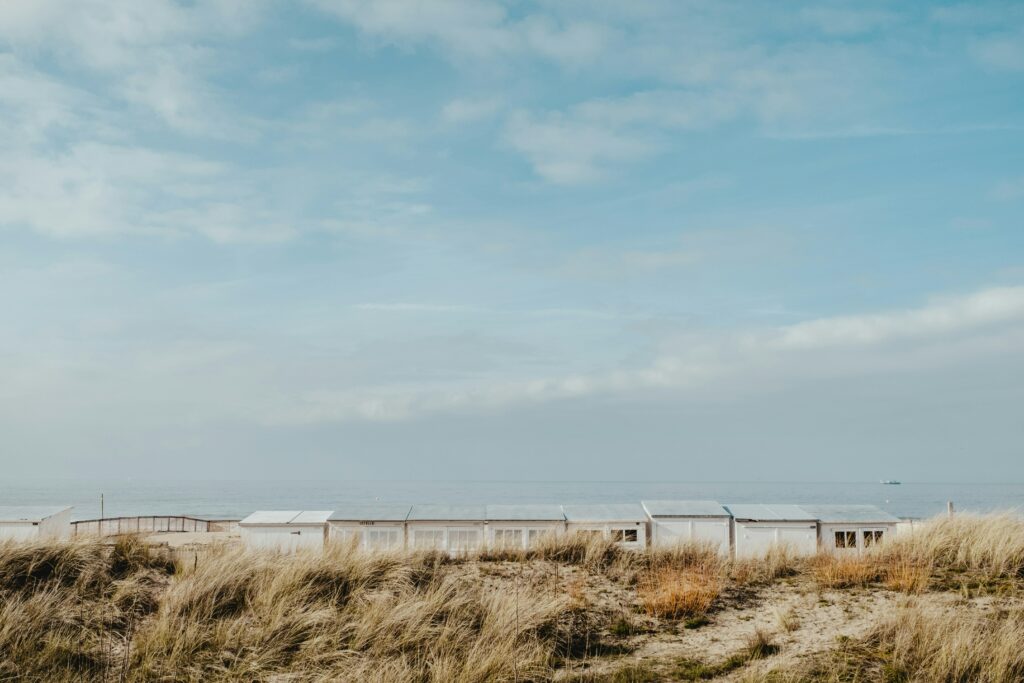
Knokke-Heist is known for its long, sandy beaches, which are great for relaxing, sunbathing and taking long walks along the North Sea coast. We only had time for a walk along the seafront, but if you have more, you can visit the Zwin Nature Park, a protected area a few kilometres north of the town that offers unique habitats for migratory birds.
For lunch, we’d suggest heading to Lobster ‘n Rolls, where you can try some excellent sandwiches with fresh lobsters. Check here all the info!
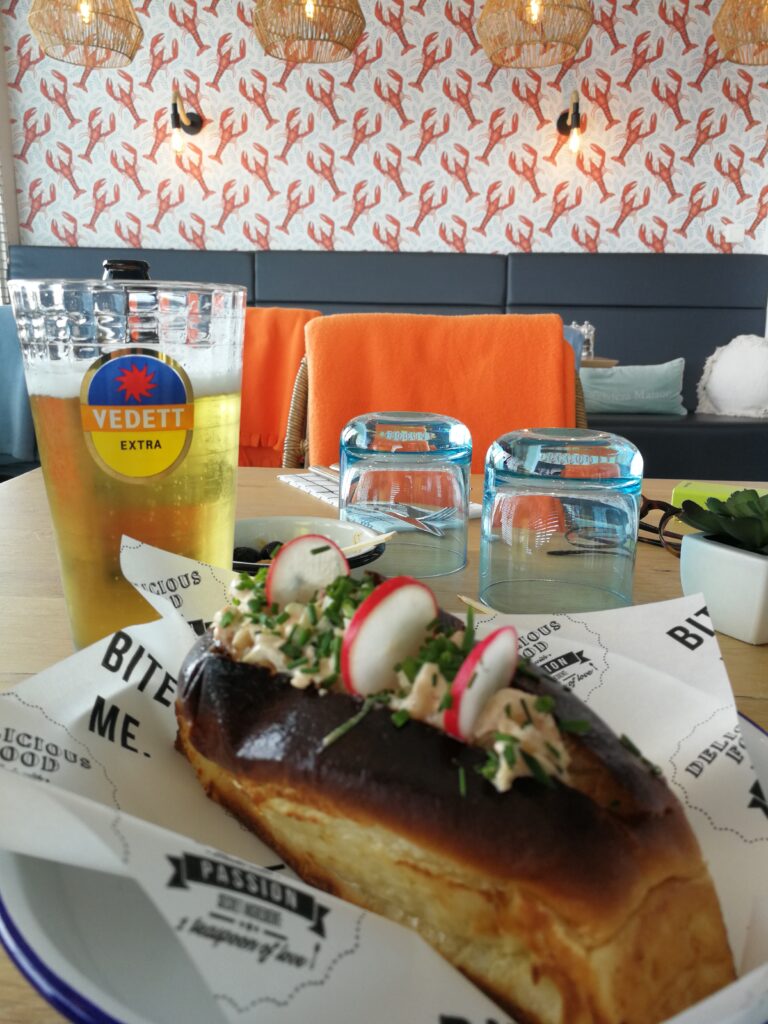
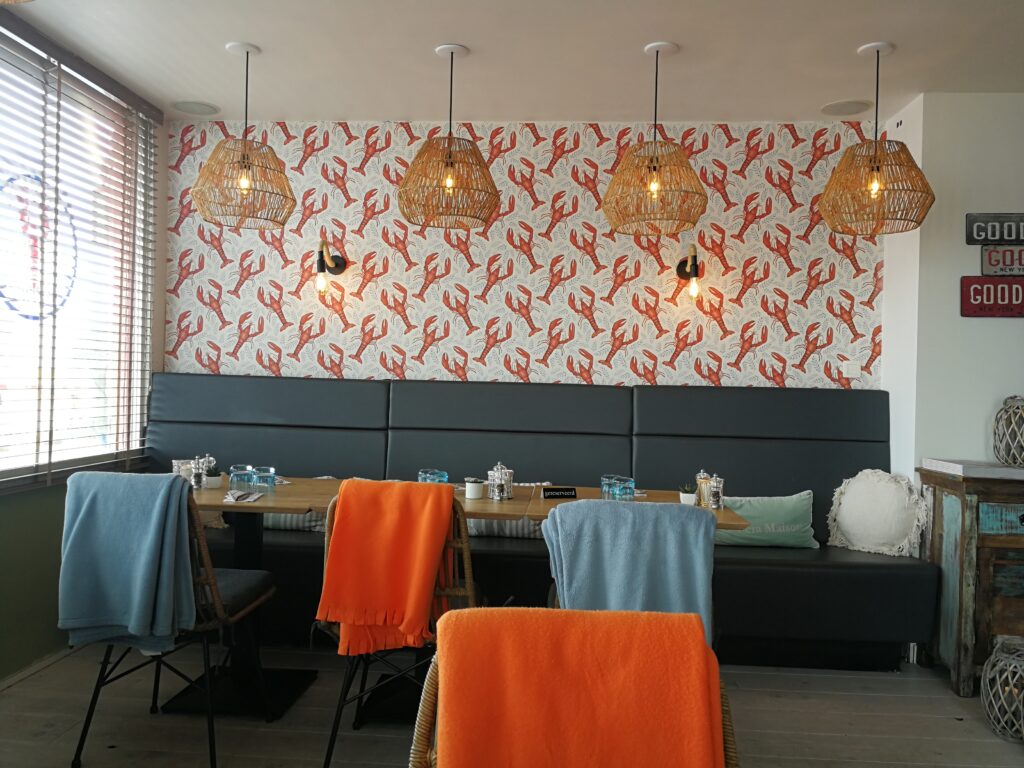
De Panne
On the other side of the tram line, near the border with France and a few kilometres from Dunkirk, we visited the lovely seaside town of De Panne, known for its sandy beaches and unspoilt nature.
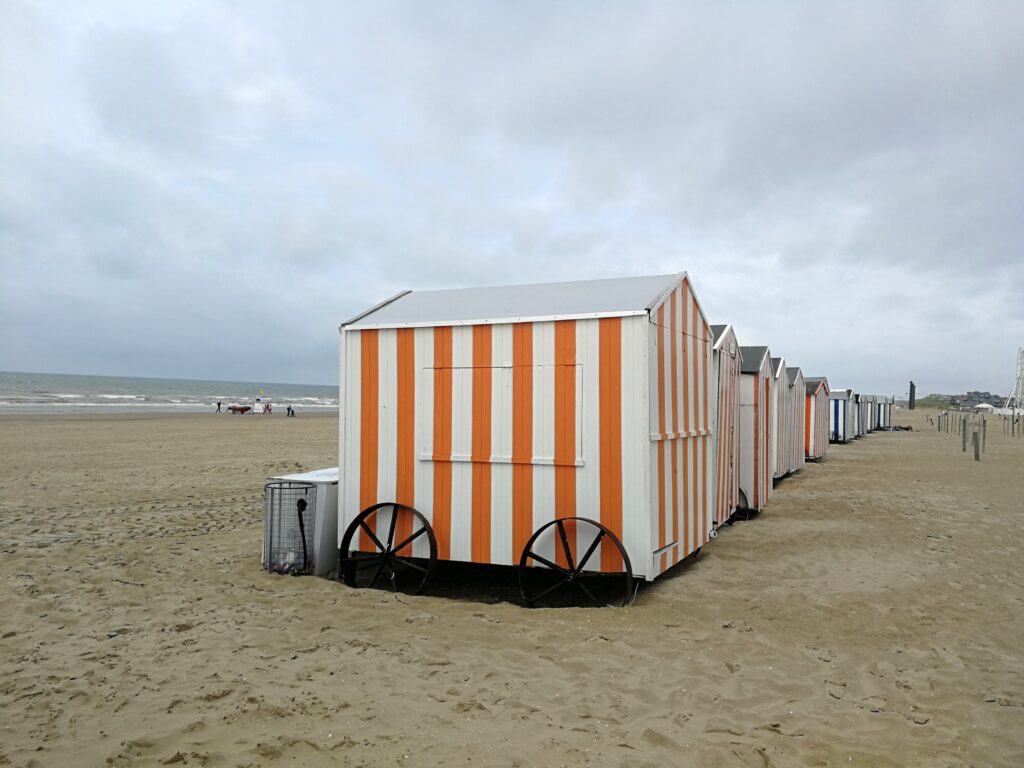
De Panne is also a great place to try out water sports like windsurfing and kitesurfing. As you walk along the beach, you’ll see lots of kids trying out these sports.
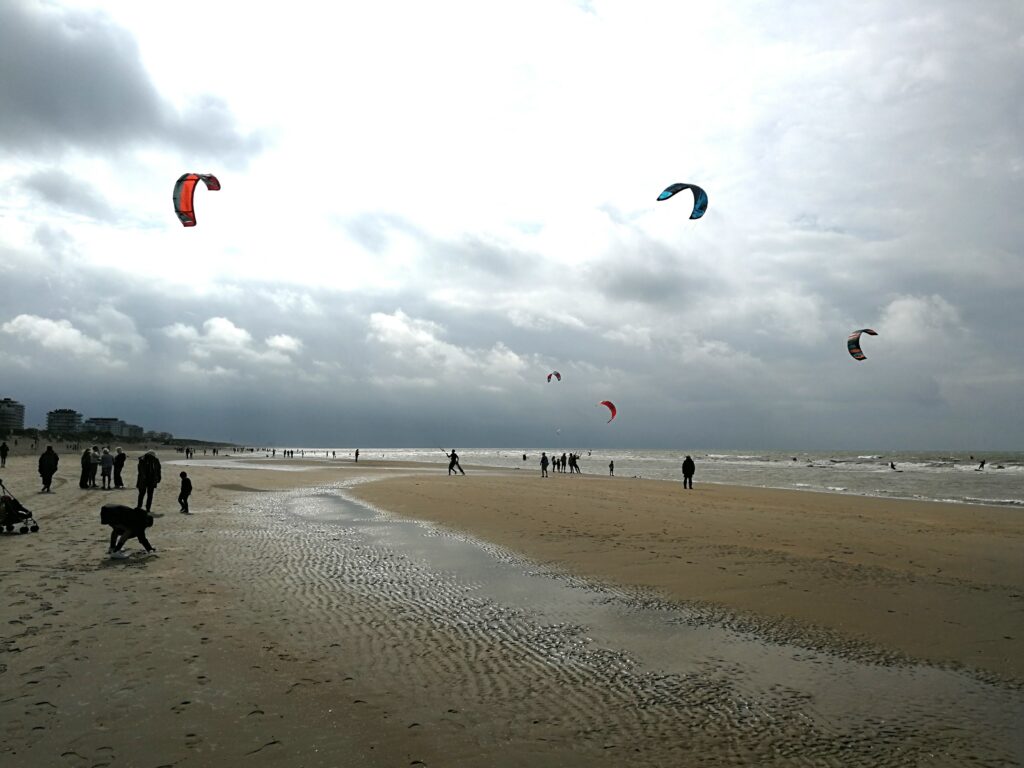
Furthermore, the beaches of De Panne are very well-known for the presence of numerous colourful cabins with wheels, which really make the atmosphere quite suggestive and… Instagrammable!
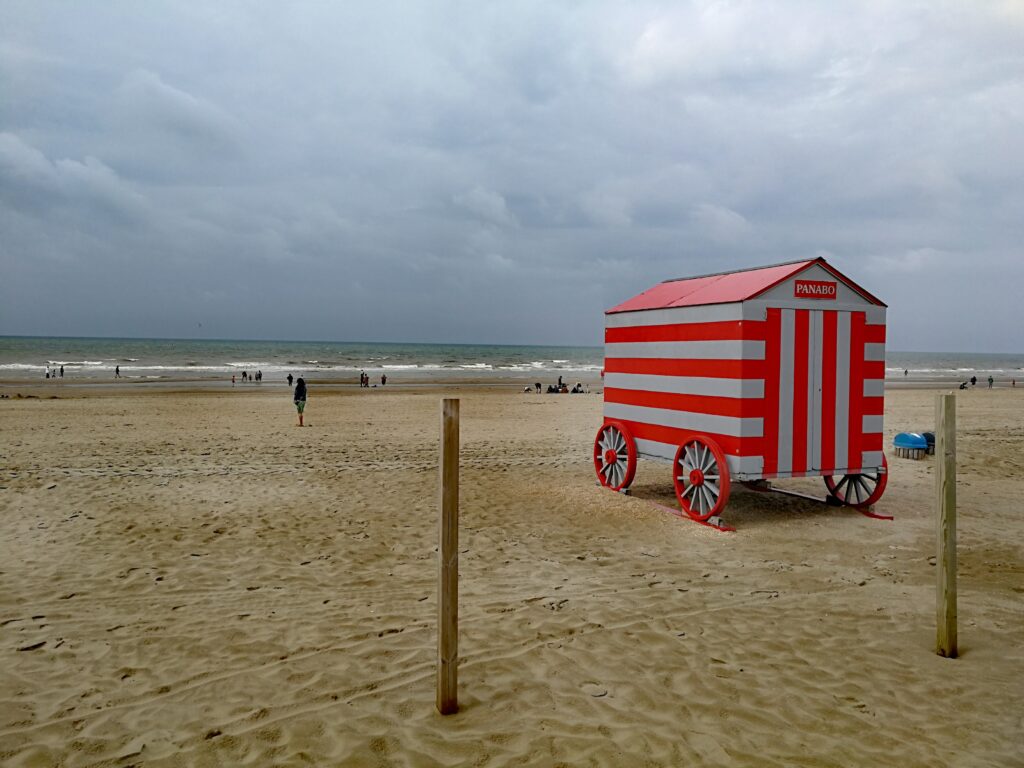
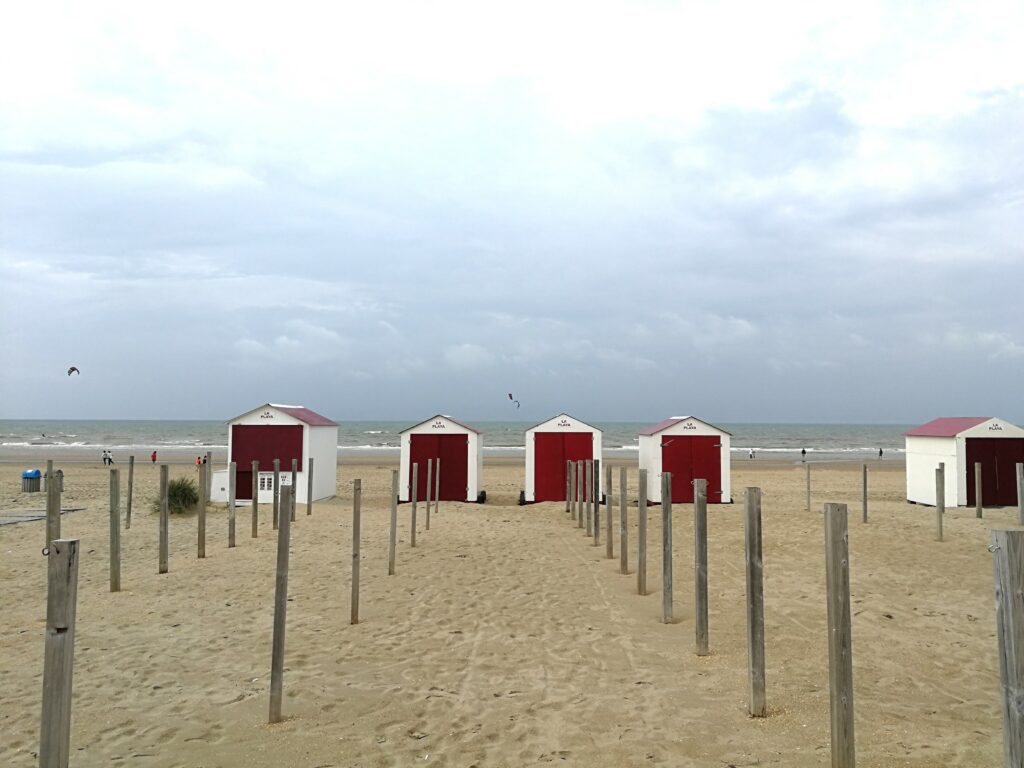
Ostend
Once we got back to Ostend, we checked out the town before hopping on the train back to Antwerp, where we were based at the time.
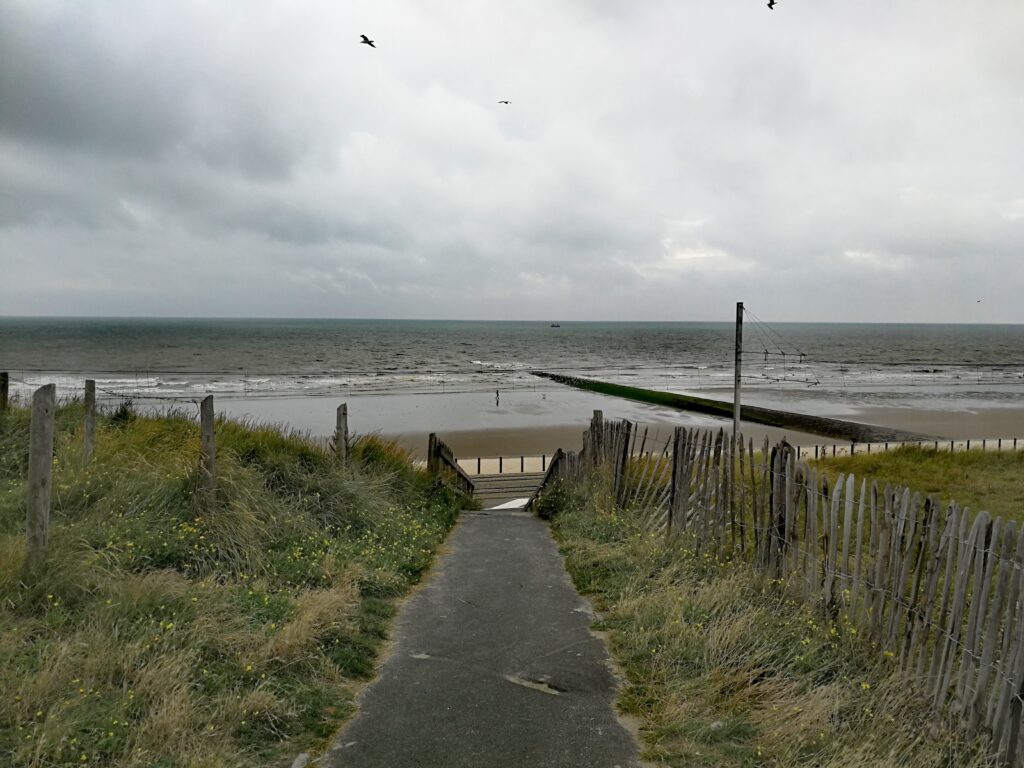
Ostend is a lively port city with a rich maritime history and a variety of visitor attractions, including its long beaches, which during the summer are buzzing with activities like beach volleyball and water sports.
The port is the city’s central hub, where you can watch port activities and take a stroll along the pier. The Fort Napoleon is a historic fortress built during Napoleon Bonaparte’s reign. Today, it’s home to a museum that gives you a good overview of the history of the fortress and the city.
We suggest just walking around the city and enjoying the North Sea breeze. The seafront promenade offers great views of the sea and plenty of places to stop for a coffee or a bite to eat.
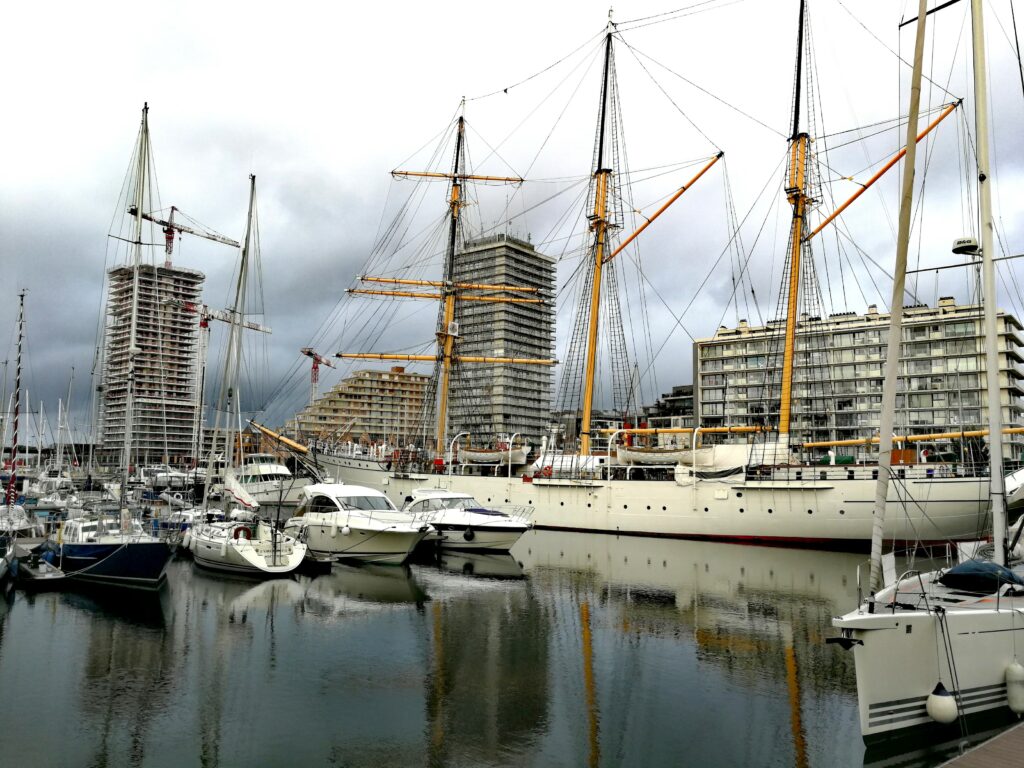
You can find here other attractions on GetYourGuide and book!
What to read before traveling to the Flemish Coast
Before heading to Flanders, we suggest reading Girl with a Pearl Earring by Tracy Chevalier. Although the novel is set in the Netherlands and focuses on the life of the famous Dutch painter Johannes Vermeer, it offers valuable insights into Flemish culture, art, and history.
The novel beautifully captures the Golden Age of Dutch and Flemish painting, a period that shaped much of the region’s artistic heritage, including its beautiful cities such as Gent, Bruges and Antwerp. By reading this book, you’ll gain a deeper appreciation of the rich artistic traditions that still influence the culture and architecture of Flanders today.

Travel Tips from KeepMoosing
Traveling is exciting, but protecting your data should always be a priority. That’s why we trust Surfshark, a leading cybersecurity company offering tools like VPN, Antivirus, and Alert (a data breach detection system). We highly recommend Surfshark for its versatile VPN, which is perfect for keeping your digital life secure while on the go.
With Surfshark VPN, you can safely use public Wi-Fi networks without worrying about fraud or hacking, ensuring your sensitive information, such as passwords and banking details, stays protected. It also allows you to bypass geographical restrictions, so you can stream your favorite TV shows or access region-blocked websites from anywhere.
We also suggest using Surfshark VPN while planning your trip. It helps you avoid price discrimination by changing your virtual location, often leading to better deals on flights and hotels.
You can buy your subscription here!
Conclusions
A day along the Flemish coast can represent an excellent daytrip from the main Belgian cities to breathe in some sea breeze.
In this article you have all the information you need to organize your day based on your tastes and preferences. What do you like to visit most? We really hope this guide about what to see in the Flemish coast in 1 day will help you plan your trip! Write it in the comments below!
***Some of the links on our blog are affiliate links. By purchasing through these links, you help us support our work at no extra cost to you.***

